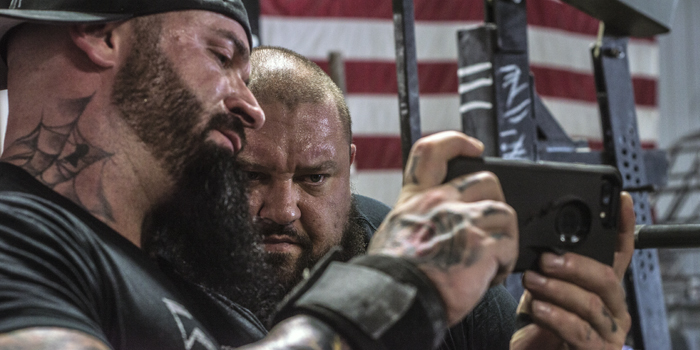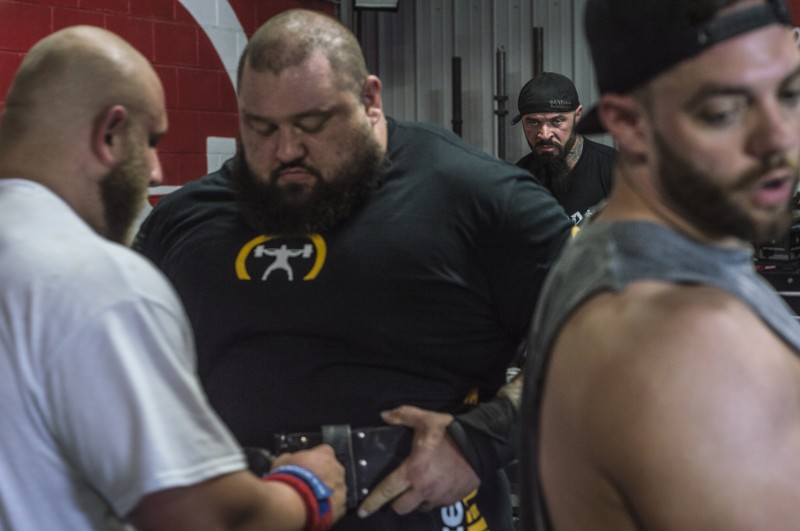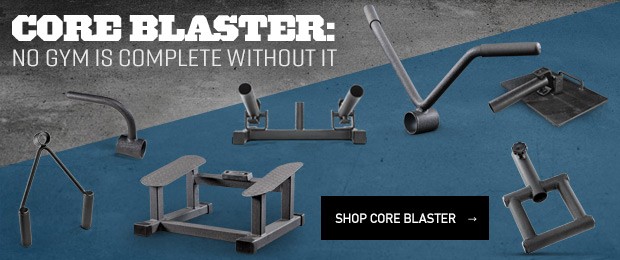
For the last two years, I have been working on completing my MBA. As I move through each course, I can’t help but think of ways that what I am learning not only relates to my professional career but my “career" on the platform as well. I’m a meathead. Everything I learn, I relate to strength training. I can’t help it.
I recently completed a course on data analytics. “Big data” is a term that gets thrown around a lot in today’s business world. For those who may not be familiar with it, the term refers to the growing trend of data collection. Companies are collecting data on everything. They are collecting data on your recent purchases, internet searches, prescriptions, travel habits, and even the TV shows you are watching. Companies analyze this information to identify trends. With all this data at hand, companies are better positioned to make informed decisions on things such as product design, logistics, marketing, and more. Companies know much more about you than you think.
So how the hell does this relate to powerlifting?
Collect Your Own Data
Every lifter should be collecting their own data — everything from training and nutrition to sleep patterns and recovery. The more you can collect, the better. By gathering this information you will be able to identify certain trends or patterns. Maybe you’ve been feeling more fatigued than usual and your training numbers have been going down. With no data to look at, you could assume it’s your nutrition. Maybe your total calories have gone down and you’re not hitting your protein needs, but without the data to back that up, you're just guessing. Had you been collecting the right data, you would have seen that your total volume has almost doubled in the last month, causing the extra fatigue and indicating that you’re in need of a deload.
RELATED: Information to Insight
The point I am making here is that the more data you collect, the more informed you will be about what is causing the patterns you experience. Not only should you be keeping track of weights, reps, and sets, but things like RPE, nutrition, water intake, and hours of sleep. Even just generally how well you felt on a particular day can be extremely useful in the long-term.
Make Informed Decisions
One of the points that was stressed by my professor during my time in this course was the idea of making informed decisions. Just like these companies are using the data to determine that you’re a good target for their latest protein formula, you should be using the data you collect to determine your training. Like I said, without the data to back up our decisions, we are just guessing.
I see this far too often in the strength training world. Someone sees their favorite lifter doing an exercise and immediately incorporates it into their training without ever questioning why that lifter is using said exercise. By collecting data we can identify patterns and use this information to make informed decisions regarding what movements may be best for YOU. Maybe you look back over your bench training and realize that when you miss, you generally miss off the chest. From there you can look at the movements that you are currently using. Are you incorporating any pause work? Dumbbell work? Wide grip bench? With this information at hand, you can choose movements that may better target your weakness.
Adding in four-board presses when you’re weak off the chest is not the best idea, but I see lifters doing things like this all the time without questioning why they are doing the movement.
Think Long Term
You can’t collect your training data for a month and expect to identify trends. But if you stick with it, those months add up and soon you will have years' worth of data. The more you have, the easier it becomes to identify patterns over time. You may look back on a period of time when you were progressing really well and notice a small detail that you are no longer doing. Sometimes those small details can be the biggest.
It is also nice to look back over time and evaluate your long-term progress. I know how easy it is to get caught up in chasing the next PR and doing well at the next meet, but only when you look back over time will you see your true progress.
I encourage you to take a more analytical approach to your training. Collect as much data as you can. Don’t program hop or do movements just because they are the latest fad. Identify the trends in your training and make informed decisions as to what your next steps will be.
Daniel works as a systems analyst for a large financial institution. He has a bachelor’s degree in information systems management and is currently working towards obtaining his MBA. He competes in powerlifting with best lifts of a 620-pound squat, 410-pound bench, and a 570-pound deadlift, raw at 220.










